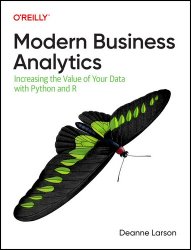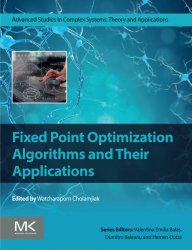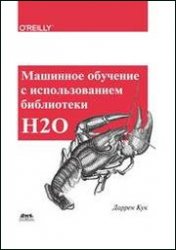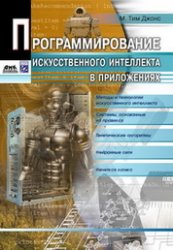- Добавил: literator
- Дата: 11-12-2024, 15:03
- Комментариев: 0
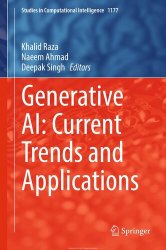 Название: Generative AI: Current Trends and Applications
Название: Generative AI: Current Trends and ApplicationsАвтор: Khalid Raza, Naeem Ahmad, Deepak Singh
Издательство: Springer
Серия: Studies in Computational Intelligence
Год: 2024
Страниц: 468
Язык: английский
Формат: pdf (true), epub
Размер: 43.5 MB
This comprehensive volume focuses on the latest advancements in Generative AI, including state-of-the-art techniques and models that are pushing the boundaries of what is possible. It covers recent developments in areas such as Generative AI models, transfer learning and Natural Language Processing (NLP) highlighting their potential to revolutionize content generation and creative applications including OpenAI, LangChain, NLTK and their practical implementations across diverse domains. The volume provides insights into emerging research areas, novel architectures, and innovative approaches in Generative AI, giving searchers a glimpse into the exciting future of the field. The aim is to offer readers a deep understanding of Generative AI and how it can be harnessed to tackle complex real-world challenges.

